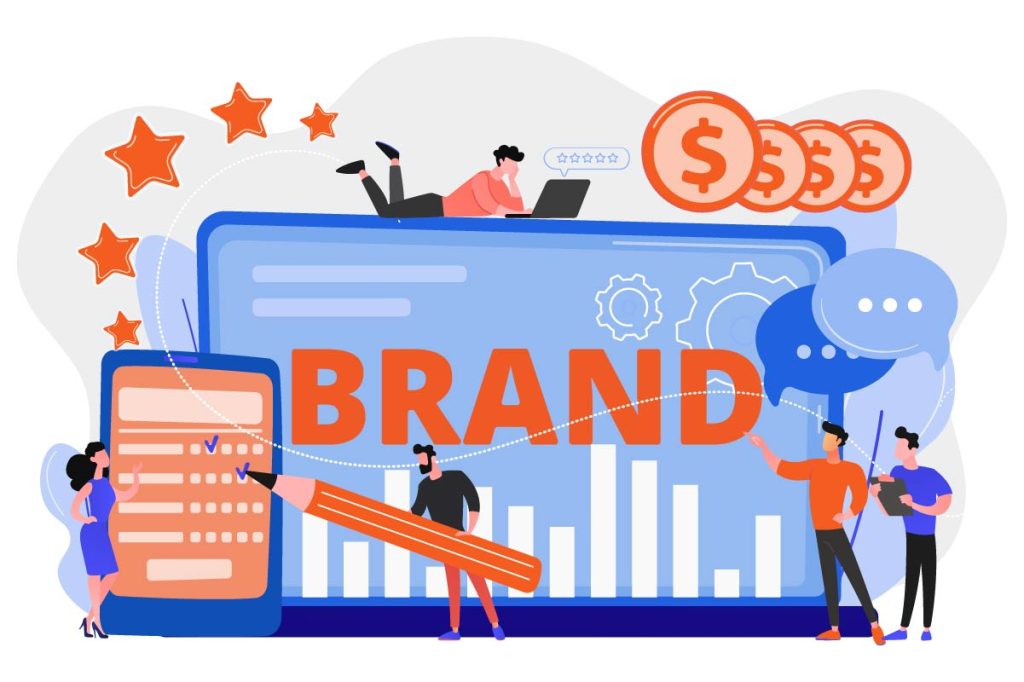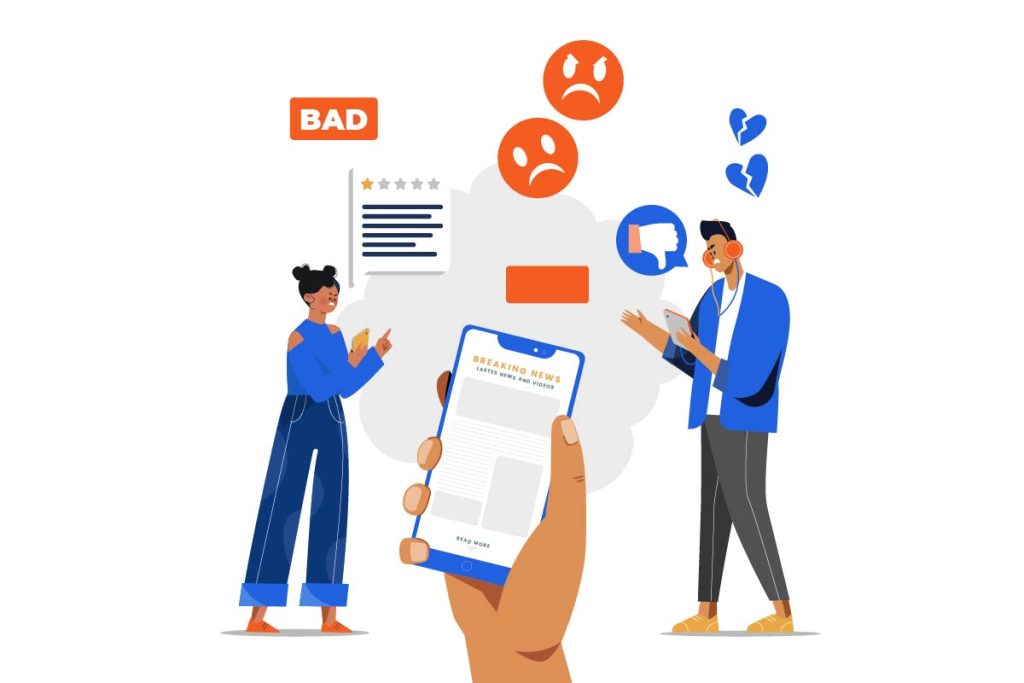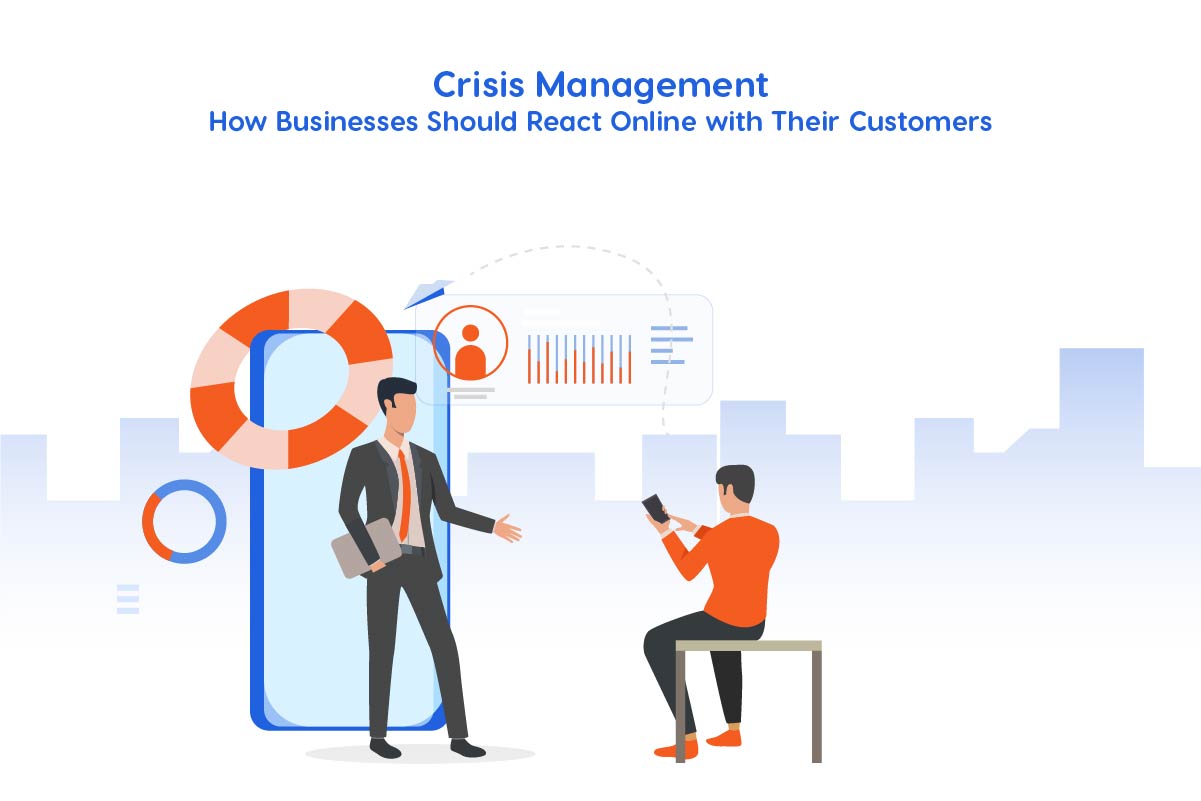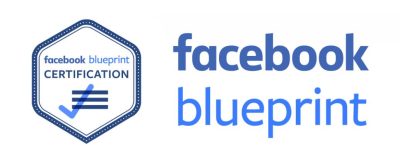Branding is the face of your business. It’s not just your logo or company name – it’s the overall impression people have about your products and services. A strong brand makes your business trustworthy, recognizable, and memorable, while poor branding can make even the best product look unprofessional. Unfortunately, many businesses (especially new ones) fall into branding mistakes that limit their growth. The good news is that with the right awareness, you can avoid these pitfalls and build a strong brand identity.
Below are 7 common branding mistakes and detailed strategies to avoid them.
The 7 Biggest Branding Mistakes and Smart Ways to Avoid Them
We are going to explore the most common branding mistakes that many businesses make and why they hurt growth. This guide will also show you practical solutions to fix these issues. By the end, you’ll know how to build a stronger, more memorable brand.
1. Not Defining Your Brand Clearly
One of the biggest mistakes businesses make is jumping into marketing without defining what their brand really stands for. If you don’t know your purpose, values, and target audience, your branding will feel weak and inconsistent. For example, a clothing brand that doesn’t clarify whether it’s targeting young college students or working professionals will struggle with messaging, pricing, and product presentation.
How to Avoid It:
- Write down your mission statement – what you do and why.
- Identify your brand values – the principles guiding your work.
- Understand your target audience – their age, location, lifestyle, and needs.
- Build a brand story – how your business started and why it matters.
| Key Element | What It Means | Example (Clothing Brand) |
|---|---|---|
| Mission | Purpose of your brand | “Affordable fashion for students.” |
| Values | Core principles | Sustainability, affordability |
| Target Audience | Who you want to serve | 18–25-year-old university students |
| Brand Story | Your journey and uniqueness | Started by students, for students |

2. Inconsistent Visual Identity
A strong brand is recognized instantly. But if your colors, fonts, and designs look different on every platform, customers won’t remember you. Many small businesses make the mistake of using random designs without sticking to a brand guideline. For example, imagine a restaurant using a green logo on Instagram, a red logo on their website, and a blue menu card. Customers will feel confused and may not even realize it’s the same business.
How to Avoid It:
- Create a brand style guide (colors, logo use, fonts, tone).
- Stick to the same logo everywhere – website, social media, packaging.
- Ensure all your visuals match your brand personality (fun, formal, luxury, etc.).
Elements of a Consistent Visual Identity
| Element | Why It Matters | Example |
|---|---|---|
| Logo | Main recognition symbol | Use same logo everywhere |
| Color Palette | Creates emotions & consistency | Coca-Cola → Red & White |
| Fonts | Reflect your brand tone | Elegant serif for luxury |
| Imagery | Style of photos/graphics you use | Bright, youthful photos |
3. Copying Competitors
It’s good to learn from competitors, but directly copying them is a mistake. Customers don’t want a duplicate – they want something unique. Copycat branding makes your business look unoriginal, and you’ll always be one step behind. For instance, if you open a fast-food brand and make your logo look exactly like KFC’s, people will never take you seriously.
How to Avoid It:
- Research competitors to see what they’re doing right and wrong.
- Highlight your Unique Selling Proposition (USP) – something that sets you apart.
- Show your originality through branding elements (taglines, design, product features).
Original Branding vs Copycat Branding
| Approach | Result | Example |
|---|---|---|
| Copying Competitors | Looks unoriginal, forgettable | A cola brand copying Coca-Cola design |
| Original Branding | Builds trust, recognition, loyalty | Pepsi creating its unique style |
4. Ignoring the Customer Experience
Branding isn’t just about looks – it’s about feelings. If customers have a bad experience with your service, no amount of fancy logos can save your reputation. Word-of-mouth is powerful, and unhappy customers will quickly damage your brand image. For example, a cafe may have beautiful branding and interior design, but if staff members are rude or orders are always late, people will not come back.
How to Avoid It:

5. Overcomplicated Branding
Many businesses think that a flashy logo, long slogans, and too many colors make them look professional. In reality, it only confuses customers. Simplicity is what makes brands easy to remember. Think of Apple – its logo is just an apple, yet it’s one of the most recognized logos worldwide.
Read more about: Understanding the Importance of Branding Design for a Business
How to Avoid It:
- Keep logos clean and simple.
- Use short, easy-to-remember taglines.
- Stick to 2–3 brand colors only.
- Focus on clarity in communication.
Simple vs Complicated Branding
| Branding Type | Impact on Customers | Example |
|---|---|---|
| Simple & Clear | Easy to remember, professional | Apple, Nike, McDonald’s |
| Overcomplicated | Hard to recall, unprofessional | Too many colors/logos |
Do You Know?
6. Not Adapting with Time
A brand that refuses to evolve can quickly look outdated. Design trends, customer preferences, and technology change over time. If your brand doesn’t adapt, it may lose relevance. For instance, brands like Pepsi, Google, and Shell update their logos every few years to stay fresh, while still keeping their identity recognizable.
How to Avoid It:
7. Neglecting Online Presence
In today’s digital world, not paying attention to your online branding is a huge mistake. Customers first check your website or social media before buying from you. If your online presence is weak, outdated, or inconsistent, they may lose trust. For example, a restaurant may have a great dine-in experience but no updated menu or reviews online, causing potential customers to go elsewhere.
How to Avoid It:
- Create a professional, mobile-friendly website.
- Keep social media pages active with consistent branding.
- Monitor online reviews and respond to customers.
- Use digital marketing to strengthen your brand reach.
Online Branding Essentials
| Platform | Branding Element | Why It Matters |
|---|---|---|
| Website | Logo, colors, easy navigation | Builds trust instantly |
| Social Media | Consistent visuals, tone of voice | Engages and attracts users |
| Online Reviews | Customer feedback and ratings | Affects buying decisions |
Final Words
Branding is the heart of any business because it shapes how people see and remember you. Making mistakes in branding can confuse customers, weaken trust, and slow down growth. However, by being clear about your brand’s purpose, staying consistent with your identity, avoiding copycat strategies, focusing on customer experience, keeping things simple, adapting with time, and building a strong online presence, you can create a brand that truly stands out. Remember, a successful brand is not only about good design or catchy slogans—it’s about delivering a message and experience that connects with people. When done right, branding builds recognition, loyalty, and long-term success for your business.





